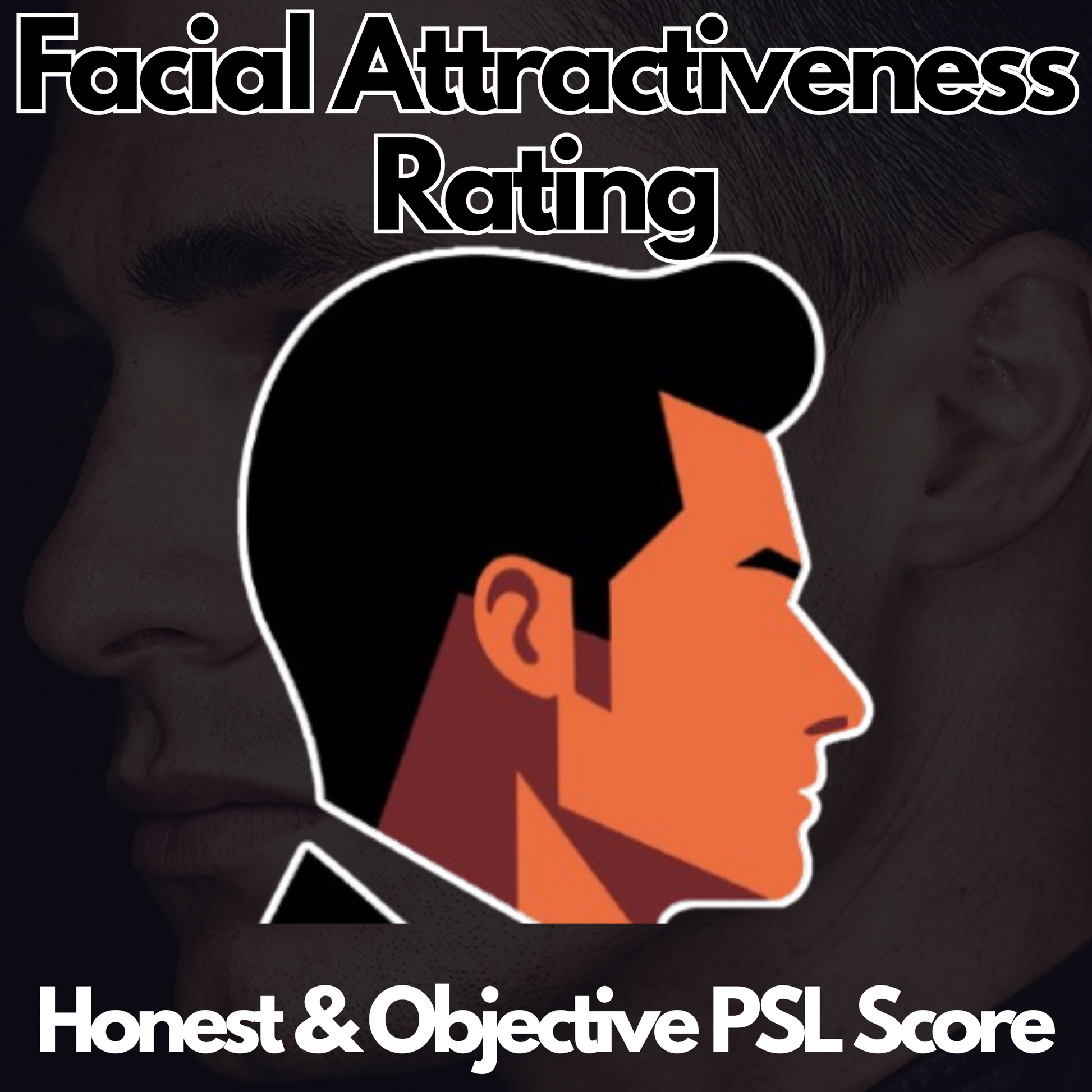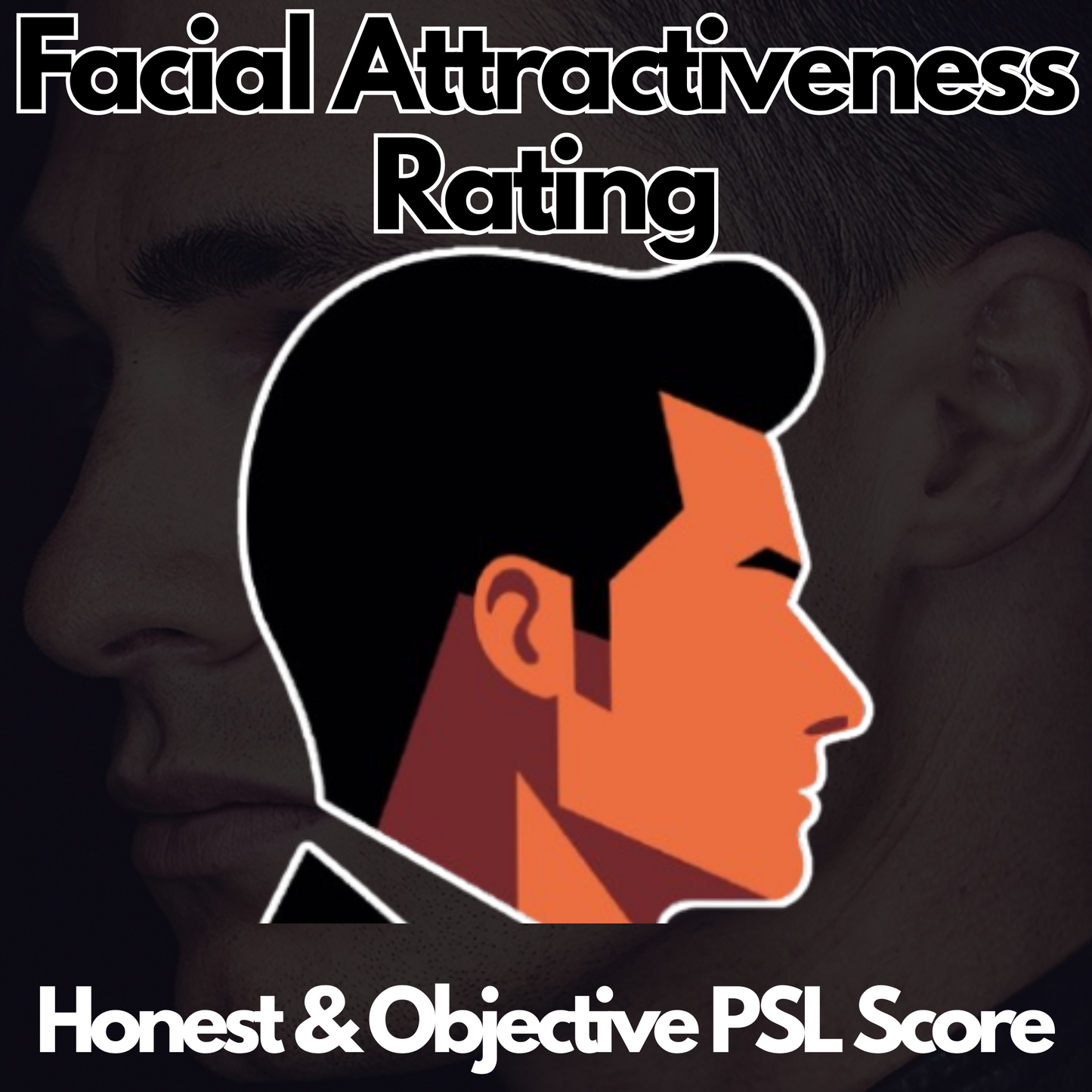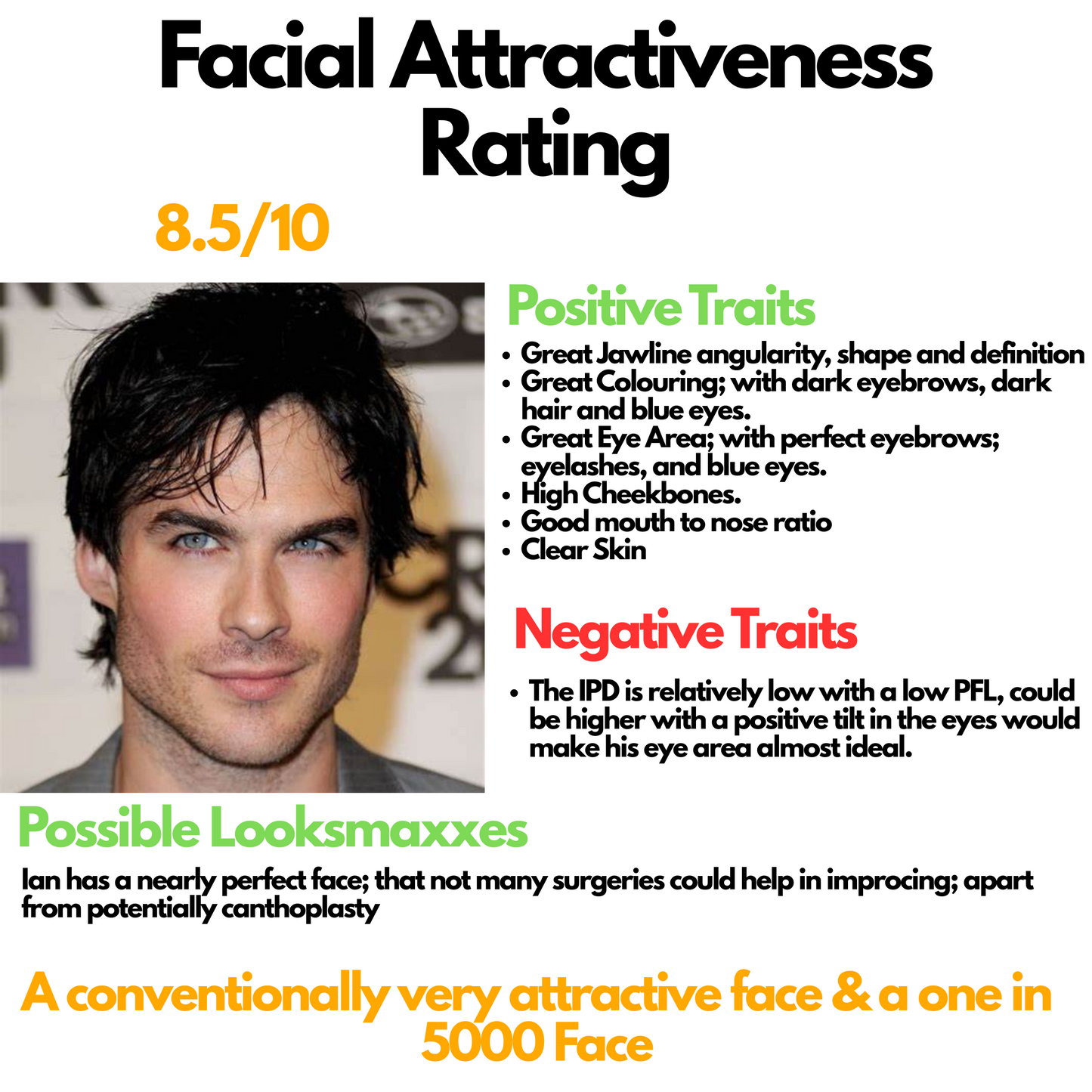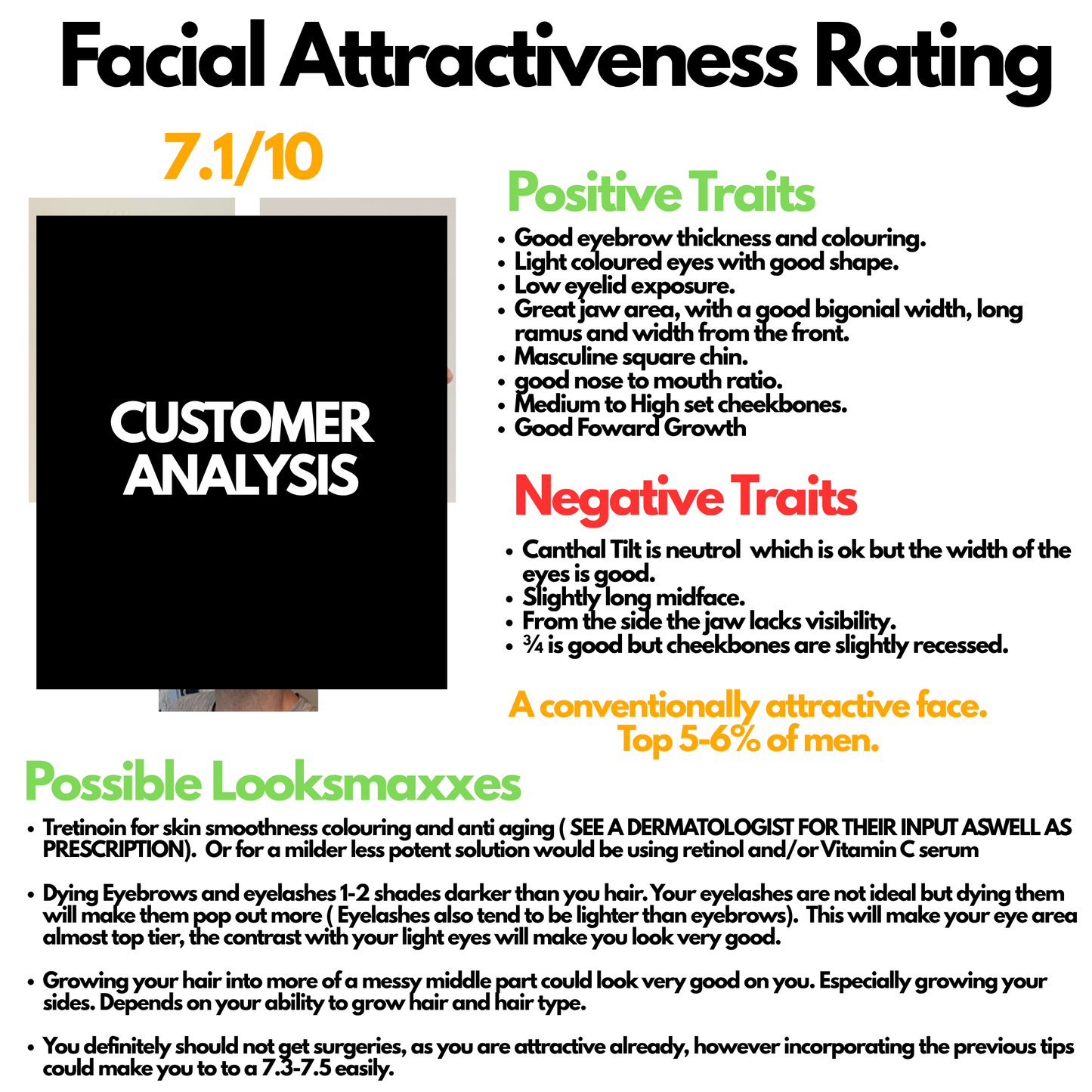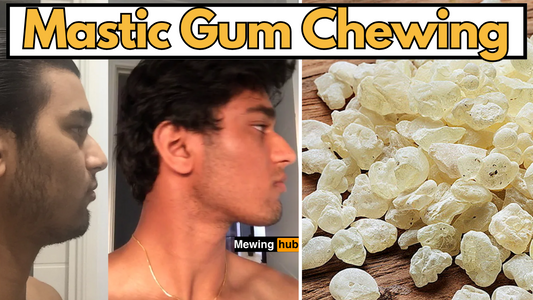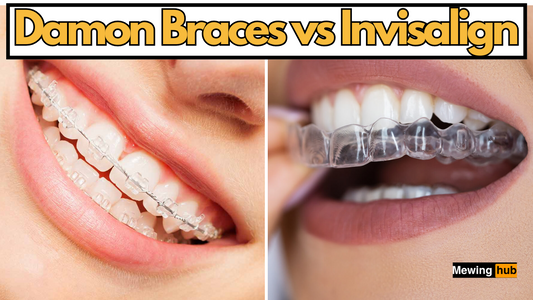How Wisdom Teeth Removal Changes the Face: Exploring Facial Aesthetics
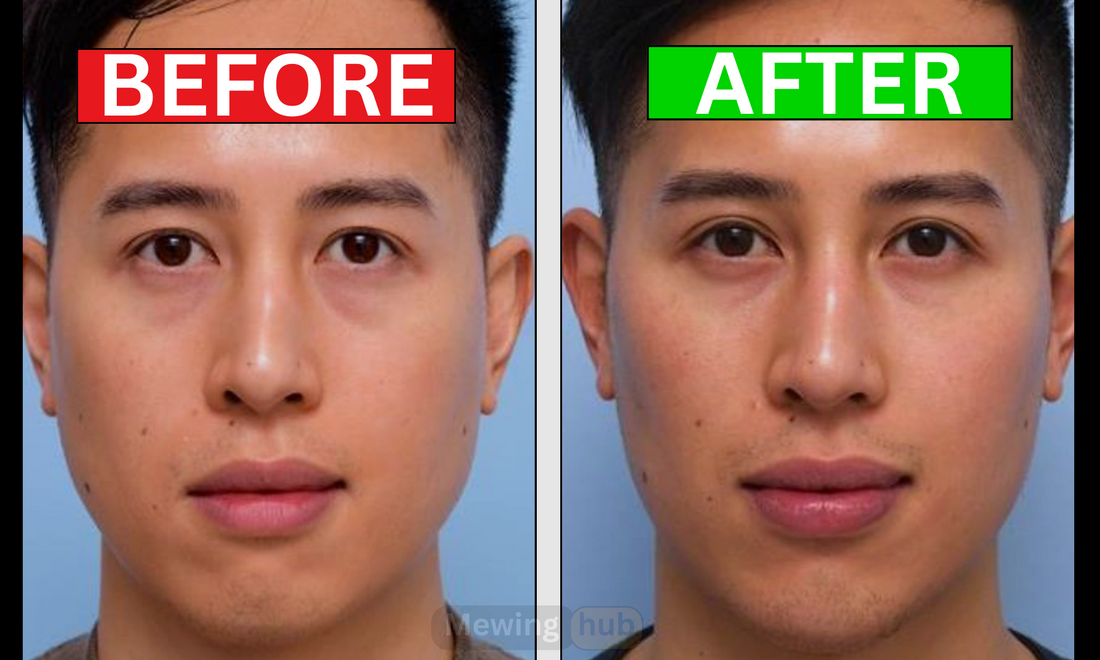
Share
The decision to remove wisdom teeth, a common dental procedure aimed at addressing pain, preventing overcrowding, or dealing with infection, often comes with questions about its impact on one's facial aesthetics.
While the primary focus is oral health, the potential changes to facial structure cannot be overlooked.
This article delves into how wisdom teeth removal might affect the face, offering insights into a topic that, though rarely discussed, is of significant interest to many. 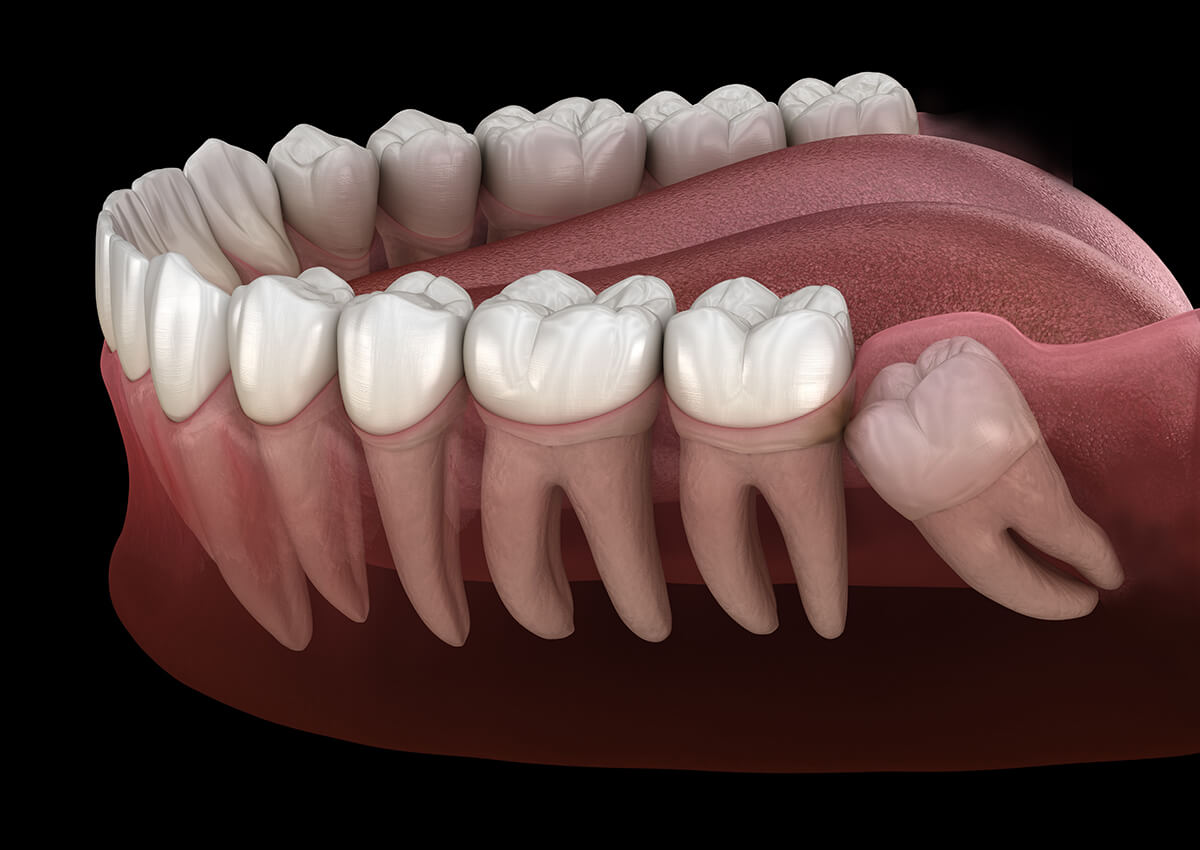
Evolutionary Changes and Modern Dental Health
Our ancestors sported a facial structure that comfortably accommodated wisdom teeth, thanks to a diet that required extensive chewing.

This not only developed jaw muscles but also ensured enough space for all teeth, including the third molars.
In contrast, modern diets, characterized by softer foods, have led to less robust jaw development, resulting in narrower jaws and less room for these late-blooming teeth. This evolutionary shift underpins the common need for wisdom teeth extraction today.
The Effects Of Wisdom Teeth Removal on Facial Structure
The removal of wisdom teeth can initiate a process known as bone resorption in the jaw, particularly at the extraction sites.
This phenomenon, where the bone previously supporting the teeth begins to diminish, can lead to changes in jawline definition and overall facial contour.
The extent of bone resorption and its impact on facial aesthetics varies, influenced by factors such as the number of teeth removed and the individual's bone density.
Potential Aesthetic Concerns From Wisom Teeth Removal
One of the primary concerns associated with wisdom teeth extraction is the possibility of a slightly altered facial appearance. This can manifest as a subtle reduction in the jawline's prominence or changes in the cheeks' fullness.
Additionally, the removal might influence the palate's width, indirectly affecting nasal airway space and potentially complicating proper tongue posture. Over time, these changes could contribute to a facial structure that appears longer or less defined.
Cheekbone and Jawline Changes From Wisdom Teeth Removal
For some, the reduction in the size of the cheeks post-extraction can accentuate well-developed cheekbones, potentially enhancing facial attractiveness.
However, this is not universally beneficial, as it depends on the individual's pre-existing facial structure.
In some cases, the changes can make the face appear narrower and less balanced, which might be perceived as less attractive.

A good example is this woman who got more visible cheekbones
which actually make her look more attractive.
Wisdom Teeth Removal and Facial Symmetry
Wisdom teeth removal may not necessarily bring symmetry to your face but rather widen your face, making asymmetries less noticeable.
The extraction of these teeth can allow for slight adjustments in the alignment of the jaw and facial bones, leading to a broader and potentially more balanced appearance.
This widening effect can help to reduce the prominence of facial asymmetries, creating a more harmonious look.
The Impact of Chewing on Facial Symmetry
Chewing plays a significant role in developing and maintaining facial symmetry. When individuals chew more on one side of their mouth, it can lead to masseter muscle hypertrophy, where the muscles on one side become more developed than the other.
Being aware of this habit and making a conscious effort to chew hard gum evenly on both sides can help rebalance the masseter muscles and improve facial symmetry.
Train Your Jaw Muscles & Achieve a More Attractive Face

Navigating the Decision with Informed Care
While wisdom teeth removal is often necessary for oral health reasons, understanding its potential impact on facial aesthetics is crucial. Not all wisdom teeth need to be extracted, especially if they're not causing pain, overcrowding, or infection.
Deciding against extraction in such cases could be seen not as neglect but as a choice to preserve natural facial structure. However, when extraction is necessary, discussing concerns and options with a dental professional can help mitigate unwanted changes.
Mitigating Long-term Effects From Wisdom Teeth Removal
For those undergoing wisdom teeth extraction, strategies can minimize long-term effects on facial aesthetics. Emphasizing post-operative care, considering bone preservation techniques, and engaging in exercises to strengthen the jaw can all play a role.
Moreover, advancements in dental surgery aim to reduce the risk of significant bone loss, offering a more favorable outlook for patients concerned about facial changes.
Conclusion: A Comprehensive Perspective on Wisdom Teeth Extraction
Wisdom teeth removal, a procedure rooted in addressing dental health issues, carries the potential for subtle yet noteworthy impacts on facial structure.
By understanding the evolutionary backdrop, the biological processes at play, and the importance of informed decision-making, individuals can approach wisdom teeth extraction with a balanced perspective.
Ultimately, prioritizing oral health while being mindful of aesthetic implications ensures that decisions made are in the best interest of both health and appearance.
Final Thoughts
These considerations highlight the importance of a holistic approach to wisdom teeth removal, balancing oral health needs with potential aesthetic changes.
For those concerned about the impact on their appearance, a proactive discussion with a dental professional can provide clarity and help in making an informed decision.



